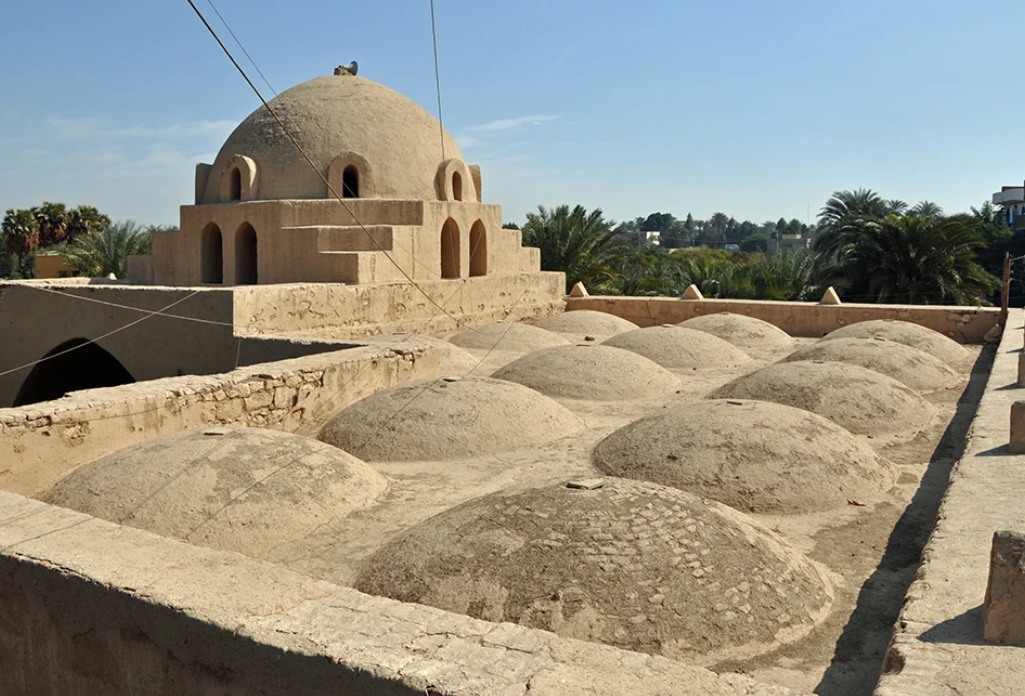Hassan Fathy and New Gourna

The article discusses the aspirations of Egyptian architect Hassan Fathy for his design of New Gourna, a village intended for residents being relocated from the original Gourna. Fathy aimed to create a modern yet culturally rooted architecture for post-colonial Egypt. However, the outcome revealed contradictions that underscored the gap between Fathy's intentions and the way the new residents interpreted the design. Fathy rejected European ideas of modernism, arguing that Egypt could draw on its own regional histories to develop a national aesthetic.
In 1945, the Egyptian government tasked Fathy with planning a village to resettle the inhabitants of Gourna, situated near ancient ruins in Theban Necropolis, opposite Luxor on the Nile's west bank. The government saw Gourna's residents as hindrances to tourism development. Fathy wanted an urban space that would work for and improve the lives of its residents.
To develop an appropriate aesthetic, Fathy studied the architecture around him. This was a moment in Egyptian history when the country was working to redefine its national identity. Fathy explored that identity through architectural history.
Abstract based directly on source.


Comments